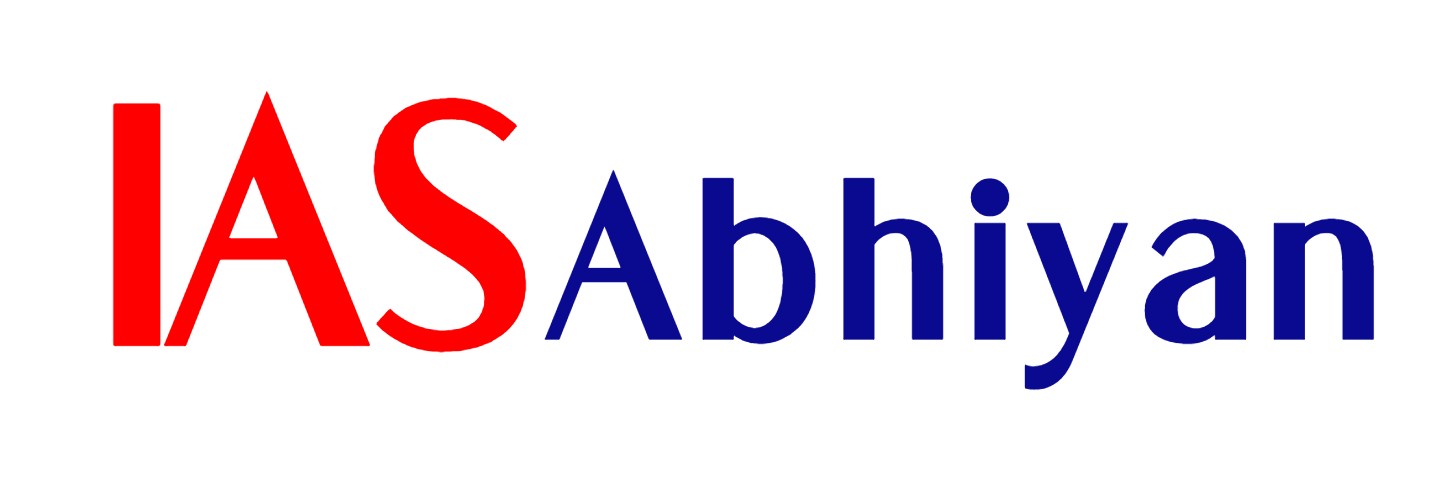Scientists of Ancient India
Mathematics & Astronomy
Baudhayan
- Value of pi useful in calculating the area and circumference of a circle
- Pythagoras theorem found in Sulva Sutra
Aryabhatta
- 5th century mathematician, astronomer, astrologer and physicist
- Works: Aryabhattiya-Summary of mathematics
- Four Section
- method of denoting big decimal numbers by alphabets
- number theory, geometry, trigonometry and Beejganita
- two sections are on astronomy
- zero was not a numeral only but also a symbol and a concept which enabled Aryabhatta to find out the exact distance between the earth and the moon
- Khagolshastra: science of astronomy
- Khagol was the famous astronomical observatory at Nalanda
- stated his theory that ‘earth is round and rotates on its own axis’
- Gave a scientific explanation for solar and lunar eclipse clarifying that the eclipse were not because of Rahhu and/or Ketu or some other rakshasa (demon)
- first satellite sent into orbit by India has been named after
Aryabhatta
- Four Section
Brahmgupta-7th Century
- used place value in almost the same way as it is used today in his methods of multiplication
- introduced negative numbers and operations on zero into mathematics
- wrote Brahm Sputa Siddantika through which the Arabs came to know our mathematical system
Bhaskaracharya-12th Century
- famous for his book Siddanta Shiromani
- Lilavati (Arithmetic), Beejaganit (Algebra), Goladhyaya (Sphere) and Grahaganit (mathematics of planets)
- Chakrawat Method or the Cyclic Method to solve algebraic
equations - James Taylor, translated Lilavati and made this great work known to the world
Jain Guru Mahaviracharya
- Work: Ganit Sara Sangraha in 850A.D.
- first
textbook on arithmetic in present day form
- first
- current method of solving Least common Multiple (LCM) of given numbers
- described fractions, algebraic equations, series, set theory, logarithms and exponents
Science
Kanad (Aulukya)-6th Century
- scientist of Vaisheshika School
- material universe is made up of kanas, (anu/atom) which cannot be seen through any human organ which cannot be further subdivided
Varahamihira
- Gupta Period
- fields of hydrology, geology and ecology
- first scientists to claim that termites and plants could be the
indicators of the presence of underground water - gave a list of six animals and thirty plants, which could indicate the presence of water
- gave very important information regarding termites (Deemak or insects that destroy wood), that they go very deep to the
surface of water level to bring water to keep their houses (bambis) wet - Work/Theory- Brhat Samhit- earthquake cloud theory
- Jyotish or Astrology
- One of the nine gems, who were scholars, in the court of Vikramaditya
- predictions were so accurate that king Vikramaditya gave him the title of ‘Varaha’.
Nagarjuna-10th Century
- main aim of his experiments was to transform base elements into gold, like the alchemists in the western world
- In Rasaratnakara, he has discussed methods for the extraction of metals like gold, silver, tin and copper
Medical Science
Ayurvedic
- Ayurveda is the indigenous system of medicine
- Atreya Samhita- treatise on Ayurveda
- Father of Ayurvedic- Charak
- father of surgery- Susruta
- Noted ayurvedic practitioners – Susruta, Charak, Madhava, Vagbhatta and Jeevak
Susruta
- pioneer in the field of surgery
- Susruta Samhita, over 1100 diseases are mentioned including fevers of twenty-six kinds, jaundice of eight kinds and urinary complaints of twenty kinds
- 760 plants
- method of selecting and preserving a dead body for the purpose
of its detailed study has also been described - dead body of an old man or a person who died of a severe disease was generally not considered for studies
- Contribution: Rhinoplasty (plastic surgery) and Ophthalmic surgery (removal of cataracts)
- gives a description of 101 instruments used in surgery
Charak
- father of ancient Indian science of medicine
- Raj Vaidya (royal doctor) in the court of Kanishka
- Charak Samhita is a remarkable book on medicine- description of a large number of diseases and gives methods of identifying their causes as well as the method of their treatment
- first to talk about digestion, metabolism and immunity
- knew the fundamentals of Genetics
Yoga & Patanjali
- an allied science of Ayurveda for healing without medicine at the physical and mental level
- Yoga- derived from the Sanskrit work Yoktra
- roots in the Vedas
- defines chitta i.e. dissolving thoughts, emotions and desires of a person’s consciousness and achieving a state of equilibrium
- Physical yoga is called Hathyoga
- Rajayoga is mental yoga
- Patanjali: Yoga Sutras of Patanjali, Aum is spoken of as the symbol of God.
- Work: Panini’s grammar known as Mahabhasaya
For Other Topic of Art and Culture : Click here
Visit Abhiyan PEDIA (One of the Most Followed / Recommended) for UPSC Revisions: Click Here
IAS Abhiyan is now on Telegram: Click on the Below link to Join our Channels to stay Updated
IAS Abhiyan Official: Click Here to Join
For UPSC Mains Value Edition (Facts, Quotes, Best Practices, Case Studies): Click Here to Join
